This December, FII Campaign Manager Asmita Ghosh was selected to be a part of the Asia Safe Abortion Partnership’s Youth Advocacy Institute. The Institute was created for activists working in sexual and reproductive health and rights from across Asia to train in abortion rights advocacy. The four-day workshop saw a mix of hands-on activities, group discussions and seminars by experts in the field.
Asia Safe Abortion Partnership (ASAP) is an abortion rights advocacy organization committed to capacity building at the regional level by connecting and boosting the work of abortion rights activists across Asia in the form of workshops, conferences and small grants.
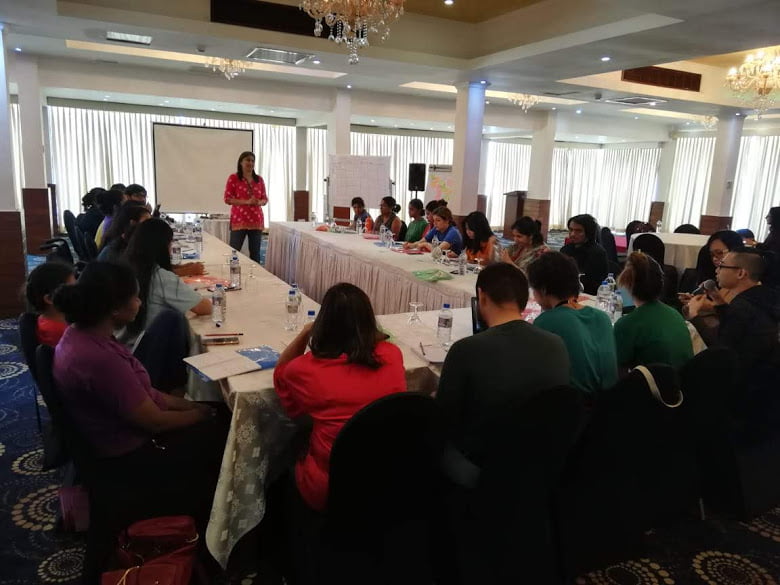
The workshop began with a foundational understanding of gender, sexuality and how patriarchy functions. Led by a stalwart in the Indian grassroots women’s movement Ms Manisha Gupte, the participants explored how patriarchy played out differently in their respective countries, noting the similarities and differences in the same. They discussed how controlling women’s sexuality (and therefore mobility) was a fundamental tenet of patriarchal functioning.
The control of women’s fertility and reproductive choices then, plays out in every country in the world, to varying degrees. From pro-natalist policies that encourage reproductive behavior to anti-natalist policies that discourage reproductive behavior, women’s reproductive function is always influenced and directed by the patriarchy – both in private (by husbands and families) and in public (by the State).
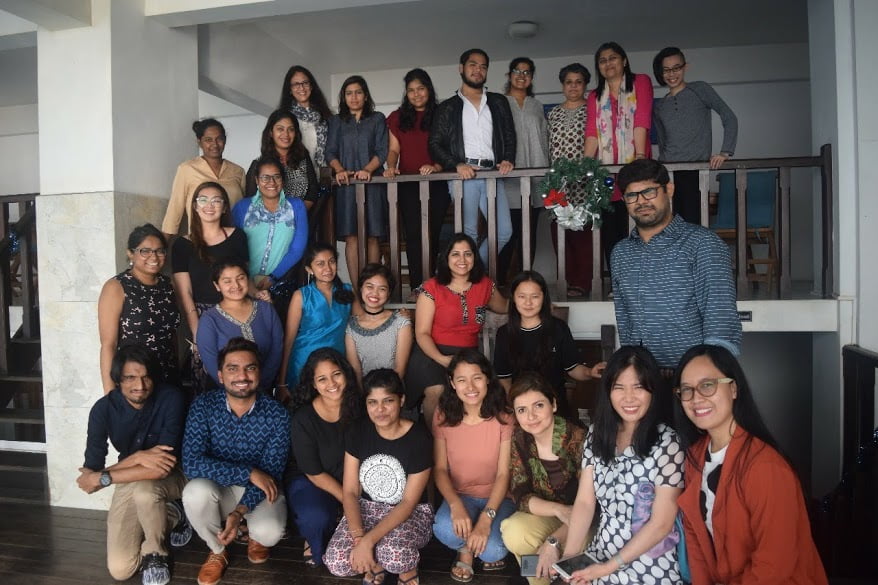
Conversations on reproductive control naturally led to those on abortion, and why the access to abortion should be an unquestioned right that every person with a uterus should have. As the participants were all gender advocates in their own countries, they all discussed the abortion laws in their respective countries. From being heavily restricted in countries like the Phillipines, where abortion is only allowed if the woman’s life is in danger, to having a relatively liberal abortion law in countries like Vietnam and India, they discussed the ways forward for all the participating countries.
Most countries, even the liberal ones, have a needs-based approach to abortion rights, where the decision to allow abortion is based on factors that are usually decided by the medical practitioners. However, access to abortion ought to come from a rights-based approach, where it is recognized as a fundamental right of a woman over her own body and reproductive choices. It was repeatedly underlined how restricted access to abortions does not reduce the number of abortions that take place – it merely increases the number of unsafe abortions that then put the woman’s life at risk.
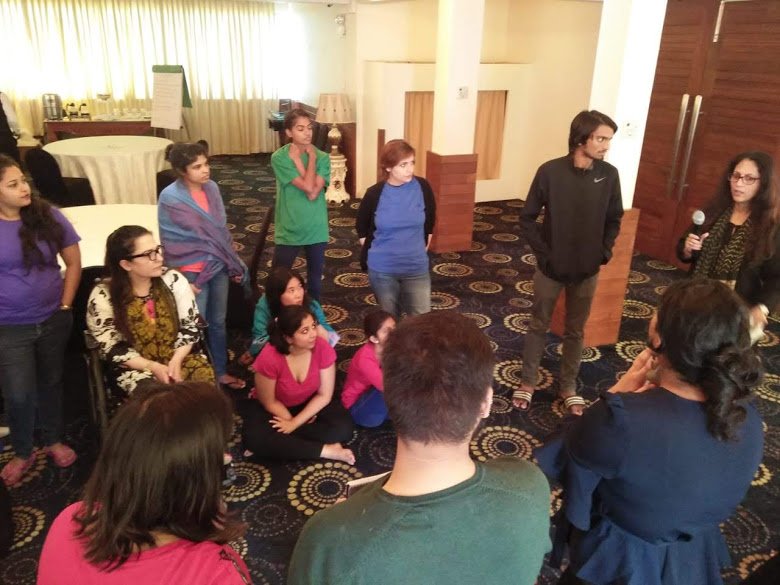
The workshop included a number of interesting activities that challenged participants’ inherent biases and beliefs. One trick exercise asked participants to pick three out of six viable candidates for abortion that would be sanctioned by the State most easily, in the face of a hypothetical nationwide ban on abortions starting midnight. Participants were then told that the premise of the activity itself ought to have been challenged – and by choosing three out of six candidates, they were falling back into a needs-based approach instead of staying firm to a rights-based approach that would allow all women to unequivocally demand safe abortion as their right.
Another activity asked participants to distinguish between what they believed to be a fact and what they believed to be a value. While it started out with relatively easier statements like ‘it is women’s fault for experiencing sexual violence’ that were easy to oppose, the statements got progressively more nuanced, like ‘women with HIV/AIDS should not have children’, leading to some interesting and thought-provoking conversations that challenged participants’ own beliefs. On a similar vein was an extremely rich discussion on sex selection and abortion, and whether the criminalization of sex selection via abortion is the right approach to challenge the deep rooted patriarchy in South Asian countries, or whether it is merely a stopgap solution that further seeks to control women’s reproductive choices while ignoring the structural causes of son preference and patriarchy that exists both before and after childbirth.

On Day 2, ASAP Coordinator Dr. Suchitra Dalvie, herself a gynecologist, led a session on the technical nuances of abortion. Participants were given a basic biology class on human reproduction, the menstrual cycle, and the different methods of abortion (medical or surgical) that were appropriate depending on the term of the pregnancy. Dr. Dalvie also gave a demonstration of manual vacuum aspiration (surgical abortion) by performing an ‘abortion’ on a papaya! Participants were also encouraged to try out the procedure to develop a better understanding of how it works, so as to be able to better direct and support women in need of abortion services in their respective countries.

From building a solid medical foundation for the participants to effectively carry out their advocacy efforts, the latter two days saw workshops on strategy, communication, networking, social media and internet privacy – all essential elements of advocacy actions. These were largely led by Dr. Shilpa Desai Shroff – ASAP Assistant Coordinator. Participants studied effective media campaigns to learn how to subvert patriarchal messaging and create feminist responses to them. The participants, christened ASAP Youth Champions, brainstormed on how to form international and local networks and how their respective networks could benefit each other. Participants also worked together to create abortion rights related content for social media propagation, and came up with funny, poignant and informative memes, articles, artwork, videos and songs that stressed on the right of women to be able to have access to safe and legal abortion services.
Also read: Your Handy Guide To Understanding And Getting An Abortion
The 4-day Youth Advocacy Institute saw participants develop a much more nuanced and comprehensive understanding on the debates around abortion, and armed them with the tools necessary to challenge discriminatory laws and policies in their respective countries, while also building solid cross-cultural networks and friendships that will aid the fight against patriarchy when times get difficult!
Photography credits to Ayesha Bashir of ASAP Asia
About the author(s)
Feminism In India is an award-winning digital intersectional feminist media organisation to learn, educate and develop a feminist sensibility and unravel the F-word among the youth in India.
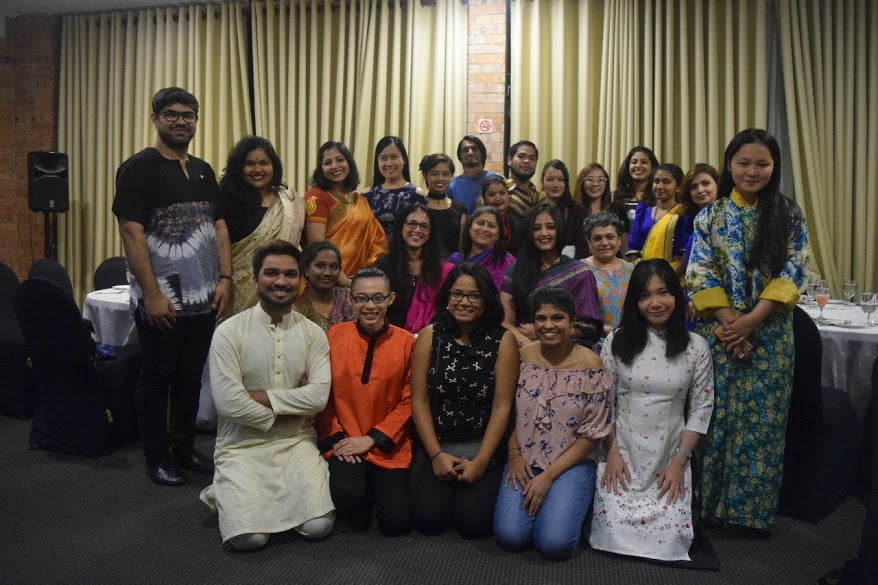

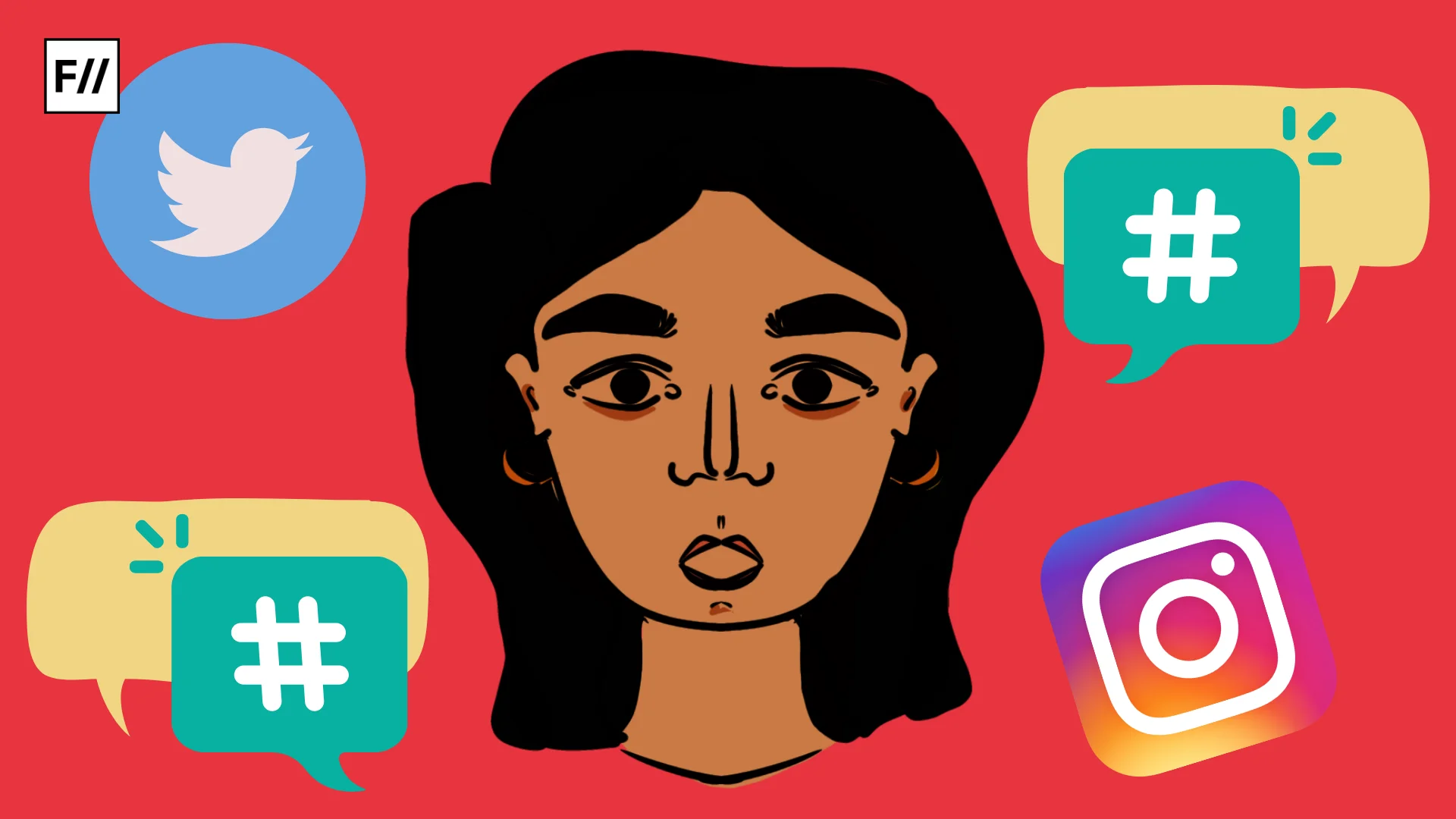


Teaching women facts is the right thing to do. It helps them make the correct choices and it assists them avoid societal dictates that in a long run do not help them.